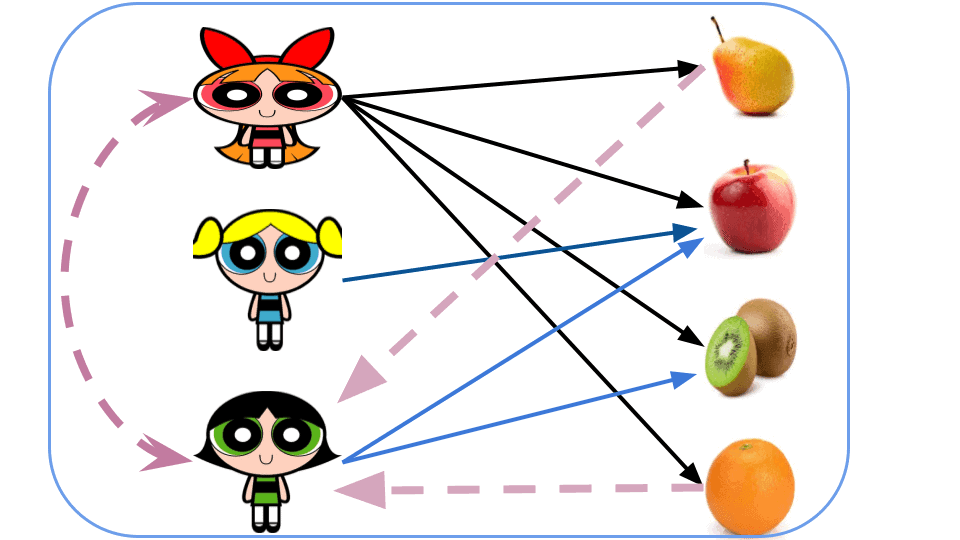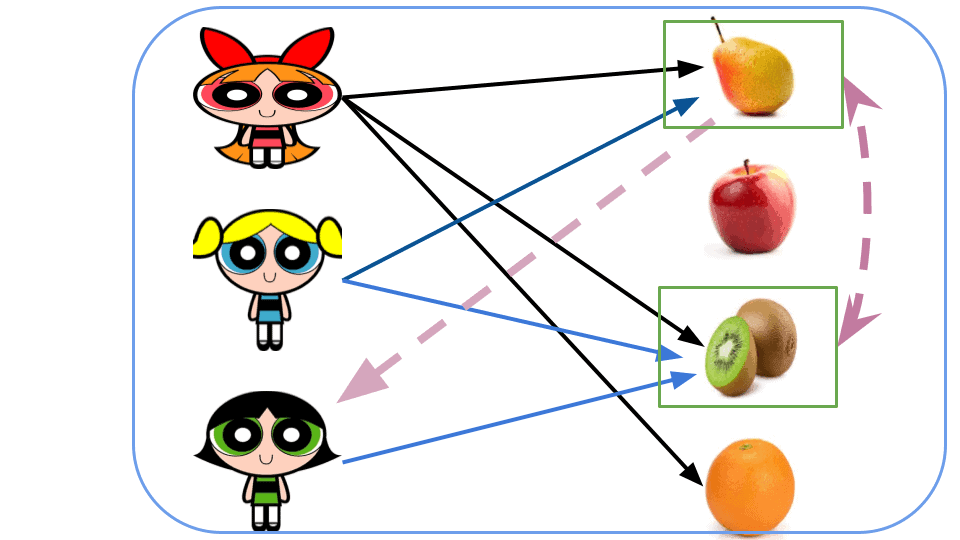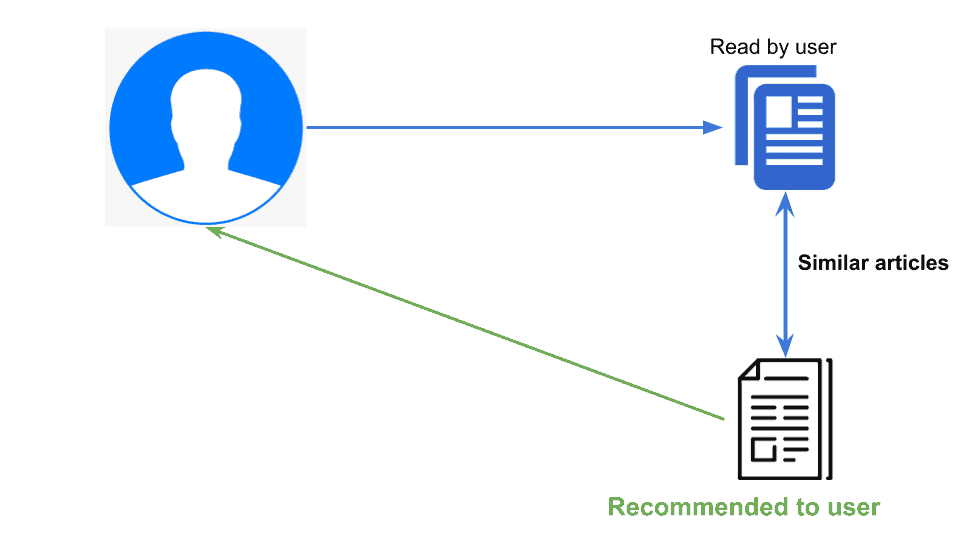1. Overview
The Amazon Recommendation System is renowned for its ability to provide personalized and relevant recommendations to users. Amazon’s recommendation system uses advanced technologies and data analysis to leverage customer behavior, preferences, and item characteristics to deliver tailored suggestions.
In this tutorial, we’ll delve into the inner workings of the Amazon Recommendation System. We’ll shed light on the techniques and technologies employed to achieve its remarkable accuracy and effectiveness.
2. Collaborative Filtering
Collaborative filtering techniques are the cornerstone of Amazon’s recommendation system for making recommendations based on user behavior and preferences. In doing so, Amazon analyzes large amounts of data, such as:
- The customer’s purchase history
- Their browsing behavior and ratings
The goal is to identify patterns and similarities among users. By finding users with similar tastes and preferences, Amazon can recommend products one user has liked to others who share similar interests.
2.1. User-Based Collaborative Filtering
Amazon uses user-based collaborative filtering to identify users with similar tastes and preferences based on their historical behavior. For instance, if User A and User B have purchased similar books or rated similar movies positively, the system infers that they share similar preferences. Consequently, if User A buys a new book, the system may recommend it to User B based on their past similarities. Here’s an example:

In this example, the purchase history shows that the green and red girls have bought two same fruits. In contrast, the green girl shares only one product with the blue girl. So, the system will recommend the green girl other products that the red girl bought.
2.2. Item-Based Collaborative Filtering
Item-based collaborative filtering identifies similarities between items based on who purchased them.
For instance, if many users who purchased Product X also bought Product Y, the system may recommend Product Y to users who have recently purchased Product X. Let’s take a look at an example:

In this example, since the first two girls choose the first fruit and the third fruit is selected by all three girls, the system would recommend the first fruit to the third girl, recognizing their shared preferences.
3. Content-Based Filtering
Amazon also uses content-based filtering. Content-based filtering analyzes the characteristics of the products, such as their titles, descriptions, categories, and attributes. By understanding the content of each item, Amazon can recommend similar products based on their features and characteristics. Here’s an example:

For instance, let’s say a user has shown interest in purchasing a smartphone with specific features like a high-resolution camera, large display, and long battery life. As a result of the analysis, the system can recommend smartphones with similar attributes.
3.1. NLP for Textual Data
Using NLP techniques, Amazon extracts insights from customer reviews, product descriptions, and other textual data.
For instance, if a user expresses positive sentiment in their review for a specific book, the system can identify keywords and sentiments to recommend similar books with comparable themes or genres.
4. Machine Learning and Deep Learning
Amazon leverages machine learning and deep learning algorithms to power its recommendation system.
In addition, these algorithms can process vast amounts of data and learn complex patterns and relationships. By training models on historical data, Amazon’s recommendation system can make accurate predictions and generate personalized recommendations.
4.1. Matrix Factorization
Matrix factorization is a popular machine-learning technique we use in recommendation systems. Amazon uses matrix factorization methods, such as Singular Value Decomposition (SVD) and Alternating Least Squares (ALS), to factorize the user-item interaction matrix.
The interaction matrix is a data structure that represents the interactions or feedback between users and items. It’s typically a two-dimensional matrix, where rows represent users and columns mean items.
Each entry indicates the level of interaction or preference that a user has expressed for a particular item. For example, 1 if there was a purchase and 0 otherwise. Alternatively, this can include various types of feedback, such as ratings, reviews, purchases, clicks, or any other relevant user-item interactions.
Analyzing this matrix allows us to identify latent factors and capture user preferences and item characteristics, enabling personalized recommendations.
4.2. Deep Neural Networks for Click-Through Rate (CTR) Prediction
Amazon uses deep neural networks, such as Multi-Layer Perceptrons (MLPs) and Deep Autoencoders, for click-through rate prediction The system can estimate the likelihood of a user clicking on a particular it by training these models on historical click data.
For instance, if a user frequently purchases outdoor gear during the summer, the system can predict their interest in similar products during future summer seasons and recommend relevant items accordingly.
4.3. Recurrent Neural Networks (RNNs) for Sequential Recommendations
RNNs are employed to capture sequential patterns and dependencies in user behavior. Amazon uses RNN architectures like Long Short-Term Memory (LSTM) and Gated Recurrent Unit (GRU) to model the temporal dynamics of user interactions.
This enables the system to make personalized recommendations based on a user’s previous actions and preferences.
5. Real-Time Data Processing
Amazon’s recommendation system operates in real-time and adapts to evolving user preferences and behavior changes.
For example, if a user’s browsing behavior suddenly indicates a new interest, such as exploring gardening tools, the system can adjust its recommendations to reflect this change and suggest gardening books or equipment.
5.1. Near Real-Time Recommendation Generation
Amazon‘s system generates recommendations in near real-time, ensuring that users receive up-to-date suggestions.
For example, let’s say a user adds an item to their cart. The system can immediately generate recommendations for complementary products, such as accessories or related items other customers frequently buy together.
6. A/B Testing and Experimentation
Amazon continuously performs A/B testing to evaluate the effectiveness of different recommendation strategies. They compare algorithms and approaches to determine which ones provide the best results regarding user engagement, conversion rates, and customer satisfaction.
For example, the experiments might compare the performance of two recommendation algorithms by randomly assigning different users to each algorithm and measuring metrics like click-through rates or conversion rates to determine the most effective approach. Amazon’s recommendation system continuously optimizes its algorithms and parameters through experimentation and analysis of user feedback.
For instance, the system might tweak the weights assigned to different factors, such as ratings, browsing behavior, or item attributes, to improve the accuracy and relevance of recommendations.
7. Hybrid Approaches
While collaborative and content-based filtering are the two main techniques Amazon employs, the recommendation system often utilizes hybrid approaches. These approaches combine the strengths of both collaborative and content-based filtering to provide more accurate and diverse recommendations. By leveraging multiple techniques, Amazon can enhance the overall recommendation quality and overcome limitations inherent in individual methods. Let’s take a look at some examples:
- Collaborative filtering combined with content-based filtering to recommend movies based on both user preferences and film attributes
- Using collaborative filtering to identify similar users and then applying content-based filtering to recommend products based on their specific attributes
8. Contextual Factors
Amazon’s recommendation system considers contextual factors to improve the relevance of recommendations. Those factors include the user’s location, time of day, device type, and browsing history. Also, by considering them, Amazon can provide recommendations tailored to each user’s specific circumstances and preferences. Here are some examples:
- Recommending local events and activities based on the user’s location and time of day
- Suggesting weather-appropriate clothing based on the user’s current location and weather conditions
9. Feedback Loop
Amazon’s recommendation system incorporates a feedback loop mechanism. User feedback, such as ratings, reviews, and purchase history, is continuously collected and analyzed. This feedback helps refine the recommendation models and improve the accuracy of future recommendations. By adapting to user preferences based on feedback, Amazon ensures a personalized and dynamic recommendation experience. For instance:
- Collecting ratings and reviews from users to refine the recommendation algorithm and improve future suggestions
- Tracking user click-through rates and conversions to evaluate the effectiveness of recommendations and make adjustments accordingly
10. A9/A10
Closely related are Amazon’s proprietary A9 and A10 search algorithms. They use a combination of advanced techniques to personalize search results for users.
The specific details and workings of A9/A10 algorithms are not publicly disclosed, as they are considered proprietary secrets of Amazon.
11. Conclusion
In this article, we presented an overview of the different techniques used by Amazon’s recommendation systems.
Amazon leverages a combination of collaborative filtering, content-based filtering, and machine learning to provide personalized product recommendations.